How magic mushrooms can benefit a golf course
Dr Deidre Charleston from Origin Amenity Solutions looks at the benefits of mycorrhizal fungi.
While not exactly ‘magical’, mycorrhizal fungi do offer a great number of benefits for managing grass plant health. Mycorrhizal fungi are not new, or genetically engineered organisms, in fact, they have been fundamental to the survival and growth of plants for over 450 million years (Brundrett & Tendersoo, 2018).
There is no doubt that the maintenance of high-quality turf for sports pitches, golf courses and general amenity areas is important in providing functional, recreational and aesthetic benefits to society and the environment. However, the management of high-quality turf requires significant input to satisfy the high expectations for appearance and playability. The maintenance of high-quality playing surfaces needs to be balanced with ecological responsibilities. Particularly as European legislation is now focussed on the reduction in the use of chemical plant protection products and fertilisers by 2030. Thus, the need for a different, more sustainable, management approach is more important than ever (Bosi et al., 2023). While mycorrhizal fungi are certainly not new, their application in turf management is a relatively recent practice.
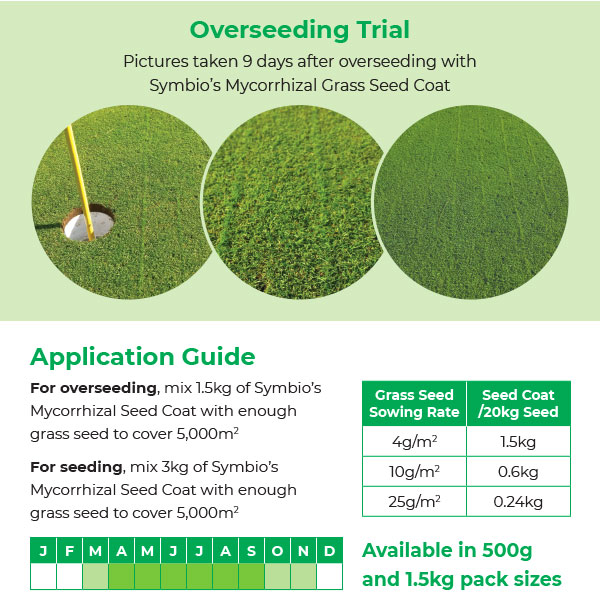
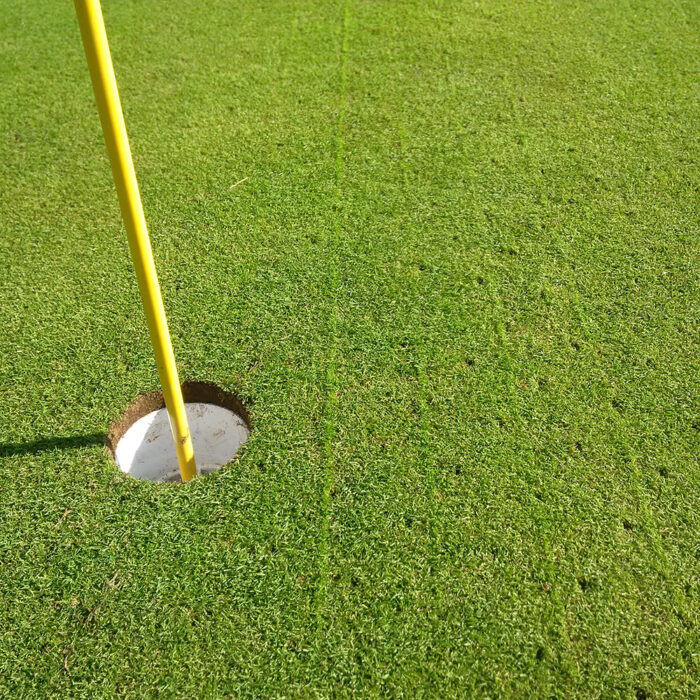
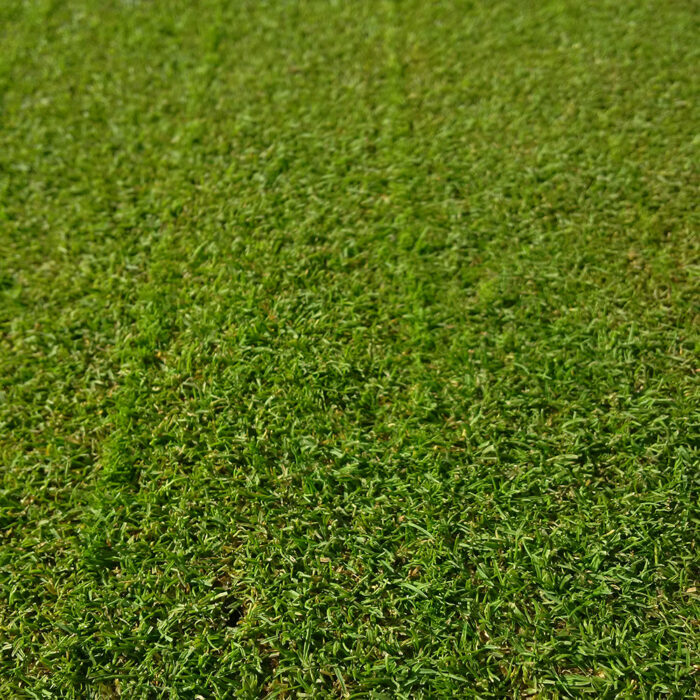
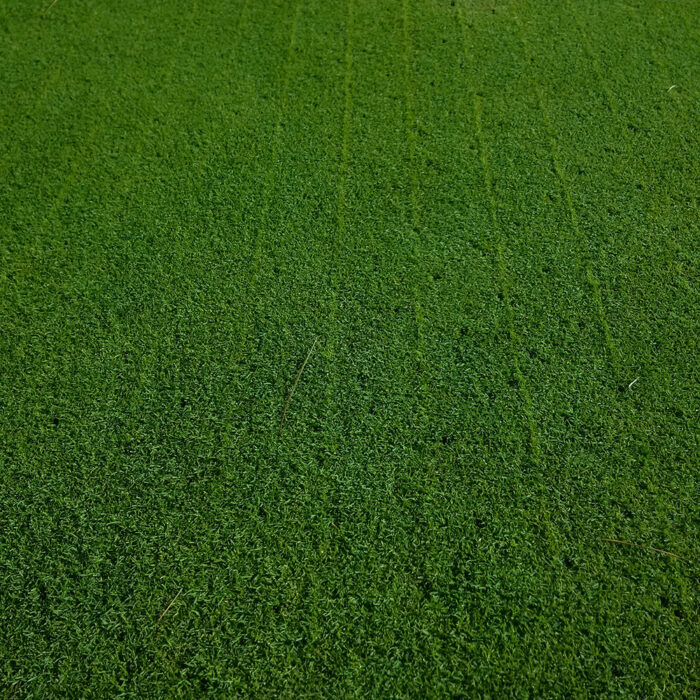
So, what exactly are mycorrhizal fungi, and what do they do? Mycorrhizal fungi are specialised fungi that form mutually beneficial symbiotic associations with plants. Mycorrhiza literally means ‘fungus root’. There are four principal types of mycorrhiza—arbuscular mycorrhiza, ectomycorrhiza, ericoid mycorrhiza and orchid mycorrhiza. Most turf grass species associate with arbuscular mycorrhizal fungi (AMF). These specialised fungi colonise the plant roots, making use of the sugary carbohydrates released by the plants into the soil through root exudates. In exchange, the fungal hyphae extend through the soil enhancing the plant root system and improving plant access to water and nutrients. When root cells are colonised by AMF specialised structures form within the cell; the arbuscles, where nutrient exchange takes place; and special shared storage organs called vesicles. When water and nutrients are abundant surplus supplies are stored in the vesicles.
When shortages occur, the plant makes use of these, allowing plants that have AMF associations to survive for far longer than non-mycorrhizal plants (Amaranthus & Simpson, 2011).
Mycorrhizal fungi greatly increase the rooting volume, which translates to faster growth and establishment. Studies have shown that AMF are highly beneficial to the establishment of fine grasses (Koske et al., 1995; Pelletier & Dionne, 2004). When AMF were introduced at time of sowing, grass established significantly faster with differences being observed within three weeks, and positive effects lasting for several months (Koske et al., 1995). This is particularly beneficial for species transition and when renovation windows are short. It also has a benefit during general overseeding, supporting emerging seedlings and helping them to compete against the existing sward.
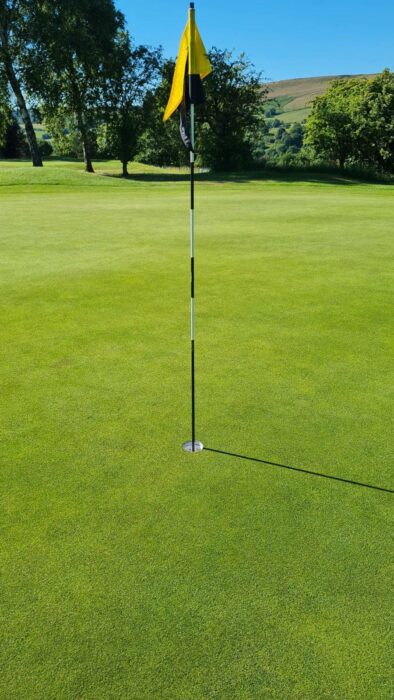
Mycorrhizal fungi are important in the transport of nutrients that do not readily move through the soil, such as phosphorus. Mycorrhizal fungi release powerful organic acids and enzymes that help to convert phosphorus to plant available forms, promoting plant growth and establishment (Andrino et al., 2021). In addition to improving nutrient uptake, the extensive network of fungal hyphae in the soil improves plant access to water. Studies show that inoculation with AMF improves grass tolerance to drought conditions, increases plant biomass and improves morphological traits (Aalipour et al., 2020; Mahdavi et al., 2018). The addition of AMF also produces greener turf with up to 60 percent more chlorophyll, enhancing photosynthesis and improving both plant growth and drought resistance (Koske et al., 1995; Gemma et al., 1997). Given that water is becoming increasingly scarce and more expensive, the application of AMF may well provide a promising method to improve water use efficiency in turfgrass management.
Undisturbed soils are full of beneficial soil organisms including mycorrhizal fungi, but under the intensively managed conditions used to maintain sports turf their presence is often reduced. Compaction, rigorous physical management practices, regular pesticide applications and inert sand top dressings can have a negative impact on soil biology, and mycorrhizal fungi (Amaranthus et al., 2012). The fastest and most effective way to restore mycorrhizal populations is to apply a commercial inoculant to roots or seeds. The technology in commercial inoculants has advanced in recent years, with many products having a good shelf life and compatibility with a wide range of fertilisers and pesticides. Inoculants are also available in a variety of forms such as granular (Symbio Mycorrhizal Inoculant), powder (Symbio Mycorrhizal Seed Coat) and liquids (Symbio Liquid Endo), accommodating a wide variety of equipment and application methods. AMF can be introduced during construction and aeration, or at times of seeding or overseeding allowing rapid colonisation of new roots and swift establishment of turf. Consider applying AMF with grass seed that offers additional environmental benefits such as Origin Amenity Solutions’ Carbon4Grass and Tetraploid Technology mixes.
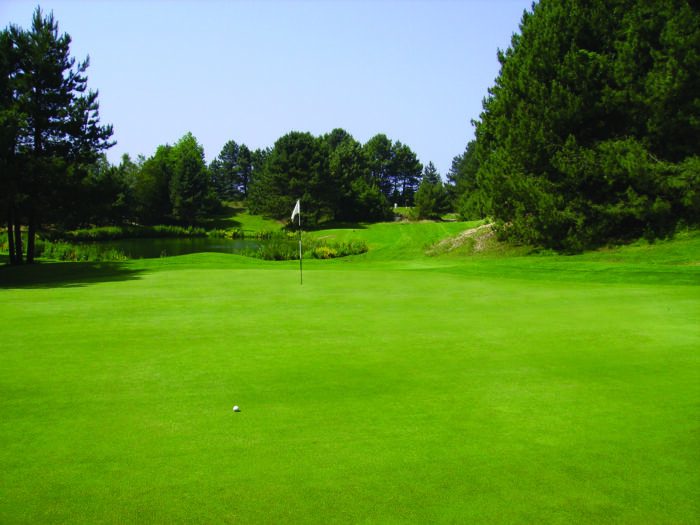
So, while we may not be in the grounds of Hogwarts, we may still find some magic in our greens if we choose to take advantage of mycorrhizal fungi. The appropriate use of mycorrhizae in turf management programmes will not only benefit the environment but will also improve turf quality and provide cost savings. The livelihood of clubs often depends on the quality of the greens, by reintroducing AMF in areas where they may have been lost, or in sandy more sterile rootzones, we can dramatically improve plant performance. The introduction of AMF can also have a significant economic benefit, by promoting early and rapid establishment allowing courses to open sooner, improving nutrient and water use efficiency, allowing cost savings, and improving establishment of fine grass species allowing smooth firm and consistent playing surfaces. Introducing the magic of mycorrhizal fungi to your management programme has never made more sense!
For more information contact Origin Amenity Solutions at sales@originamenity.com or call 0800 138 7222















Let me tell You a sad story ! There are no comments yet, but You can be first one to comment this article.
Write a comment